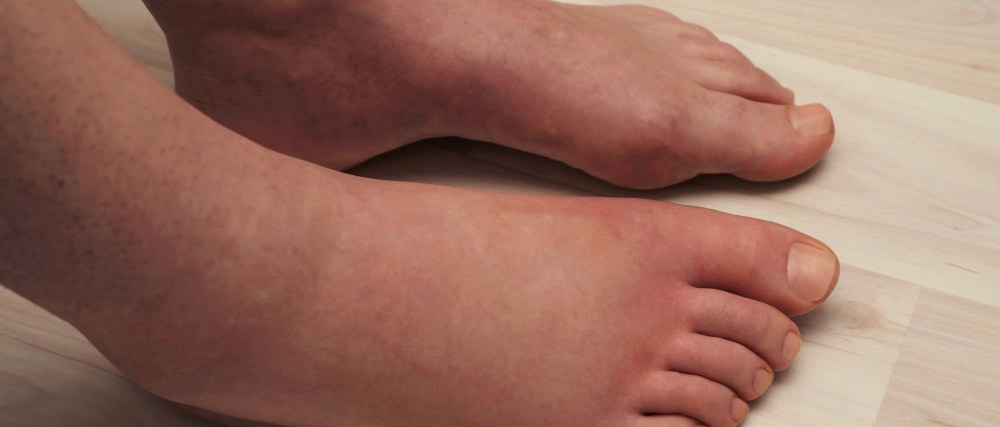Casts and Splints
Many orthopaedic injuries that occur will be initially treated with some form of temporary immobilization as this will be the most comfortable for the patient and will maintain stability for the injured area. Most often, splints and casts are used for the treatment of broken bones.
Splints and casts support and protect injured bones and soft tissue, reducing pain, swelling, and muscle spasm. In some cases, splints and casts are applied following surgery.

What is the difference between casts and splints?
Casts are created out of fiberglass or plaster, and many splints are made of the same materials. Every injury is different, but in many cases, an injury that results in considerable swelling of the area will be treated with the use of a splint.
This is because a splint allows your doctor to adjust as the swelling decreases. Once the swelling is reduced your doctor may put you in a cast to complete healing, a splint may be applied again to allow easy removal for therapy.
OPENING HOURS
| Week Days | 8:00 – 5:00 |
| Saturday | 9:00 – 5:00 |
| Sunday | 11:00 – 4:00 |
(254) 20 440 1349 (254) 791 399 103/4 (254) 780 888 823
OFFICE LOCATION
OUR VALUES
sint occaecati cupiditate non provident, similique sunt in
sint occaecati cupiditate non provident, similique sunt in
sint occaecati cupiditate non provident, similique sunt in
Complications associated with casts & splints

Complications can range from minor to severe and may vary according to the length of time that the cast is worn.
They include:
Pressure sores: A sore may develop on the skin under the cast. This can happen because the cast was too tight or did not fit correctly, causing excess pressure on one area.
Compartment syndrome: This is a major complication caused by a tight or rigid cast that constricts a swollen limb. When the pressure inside the cast builds up, it can cause damage to the muscles, nerves, or blood vessels in the area covered by the cast. Call your doctor or visit the emergency room immediately if you notice any of the following symptoms.
- Numbness or tingling in the affected limb.
- Cold or pale skin or skin with a bluish tinge.
- Burning or stinging.
- Increased pain or swelling.
OPENING HOURS
| Week Days | 8:00 – 5:00 |
| Saturday | 9:00 – 5:00 |
| Sunday | 11:00 – 4:00 |
(254) 20 440 1349 (254) 791 399 103/4 (254) 780 888 823
OFFICE LOCATION
OUR VALUES
sint occaecati cupiditate non provident, similique sunt in
sint occaecati cupiditate non provident, similique sunt in
sint occaecati cupiditate non provident, similique sunt in
Relieving pain & swelling after a cast/ splint is applied

Elevate your injured arm or leg above your heart by propping it up on pillows or some other support. You will have to recline if the splint or cast is on your leg. Elevation allows clear fluid and blood to drain to your heart.
Move your uninjured, but swollen fingers or toes gently and often.
Apply ice to the splint or cast. Place the ice in a dry plastic bag or ice pack and loosely wrap it around the splint or cast at the level of the injury. Avoid direct contact with the cast or splint.
How are splints and casts removed?
Never remove the cast yourself. You may cut your skin or prevent proper healing of your injury. Your doctor will use a cast saw to remove the cast when the bone has healed sufficiently. The cast saw has a flat, rounded metal blade that vibrates. It can cut through the cast without injuring the skin underneath.
The doctor will cut the cast in several places, usually along both sides of the cast. The cast is then spread and opened and a special tool is used to lift it off. Scissors are used to cut through the protective padding and stockinette layers which then are removed.
If you think you may have a bone fracture or break and are experiencing signs such as bruising, swelling, or pain in the injured areas, seek medical attention immediately. Feel free to contact us or schedule an appointment with us below.
OPENING HOURS
| Week Days | 8:00 – 5:00 |
| Saturday | 9:00 – 5:00 |
| Sunday | 11:00 – 4:00 |
(254) 20 440 1349 (254) 791 399 103/4 (254) 780 888 823
OFFICE LOCATION
OUR VALUES
sint occaecati cupiditate non provident, similique sunt in
sint occaecati cupiditate non provident, similique sunt in
sint occaecati cupiditate non provident, similique sunt in
